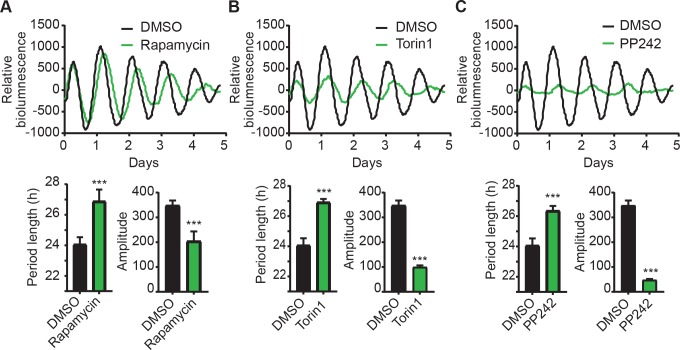Fig 2. Pharmacological inhibition of mTOR alters circadian clock function in MMH-D3 hepatocytes.
Top panel: representative records of bioluminescence rhythms of MMH-D3 hepatocytes harboring the Per2-dLuc reporter in the presence of mTOR inhibitors: 50 nM rapamycin (A), 20 nM Torin1 (B), or 10 uM PP242 (C). Real-time bioluminescence expression was recorded in a Synergy microplate luminometer on 96-well plates. Bottom panel: period length and amplitude are mean ± SD (n = 8 independent wells) for each treatment. All three inhibitors caused significantly longer period length and lower rhythm amplitude. ***p < 0.001 vs. DMSO.

